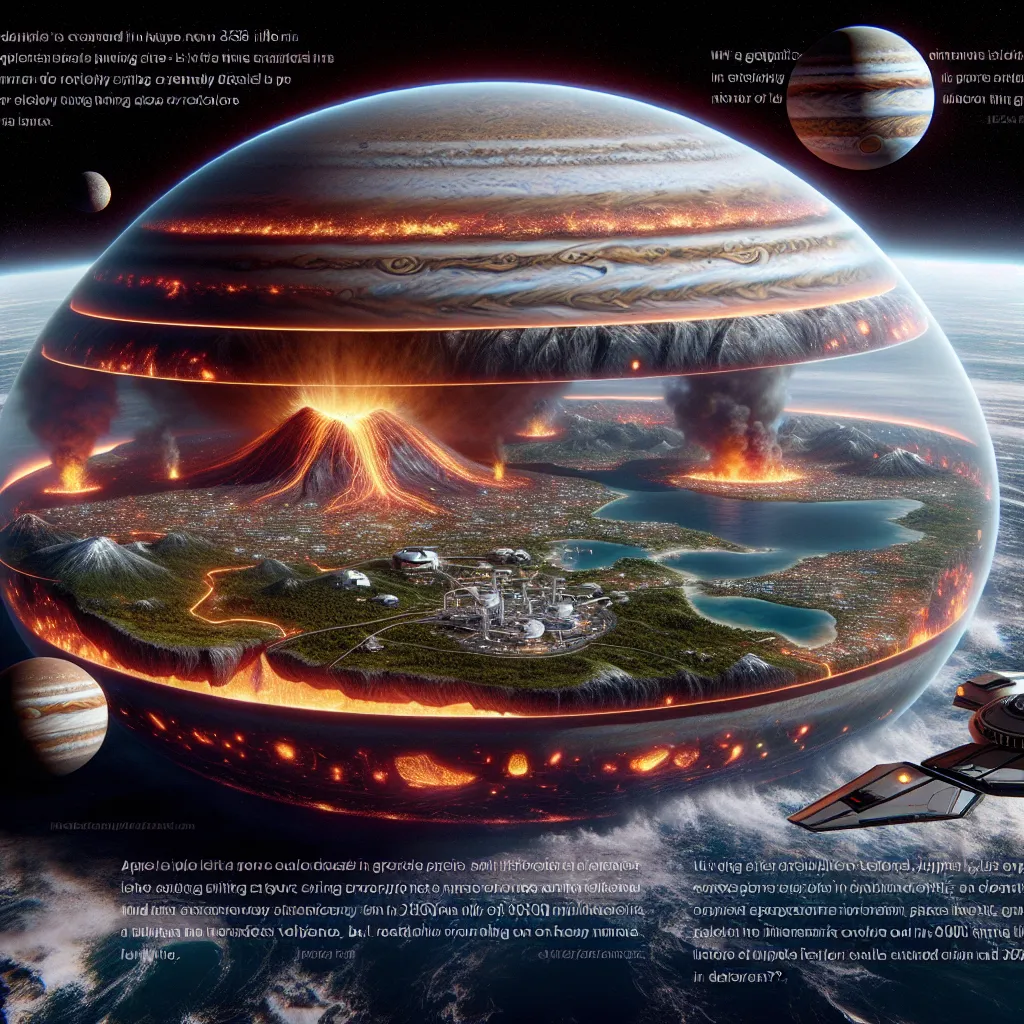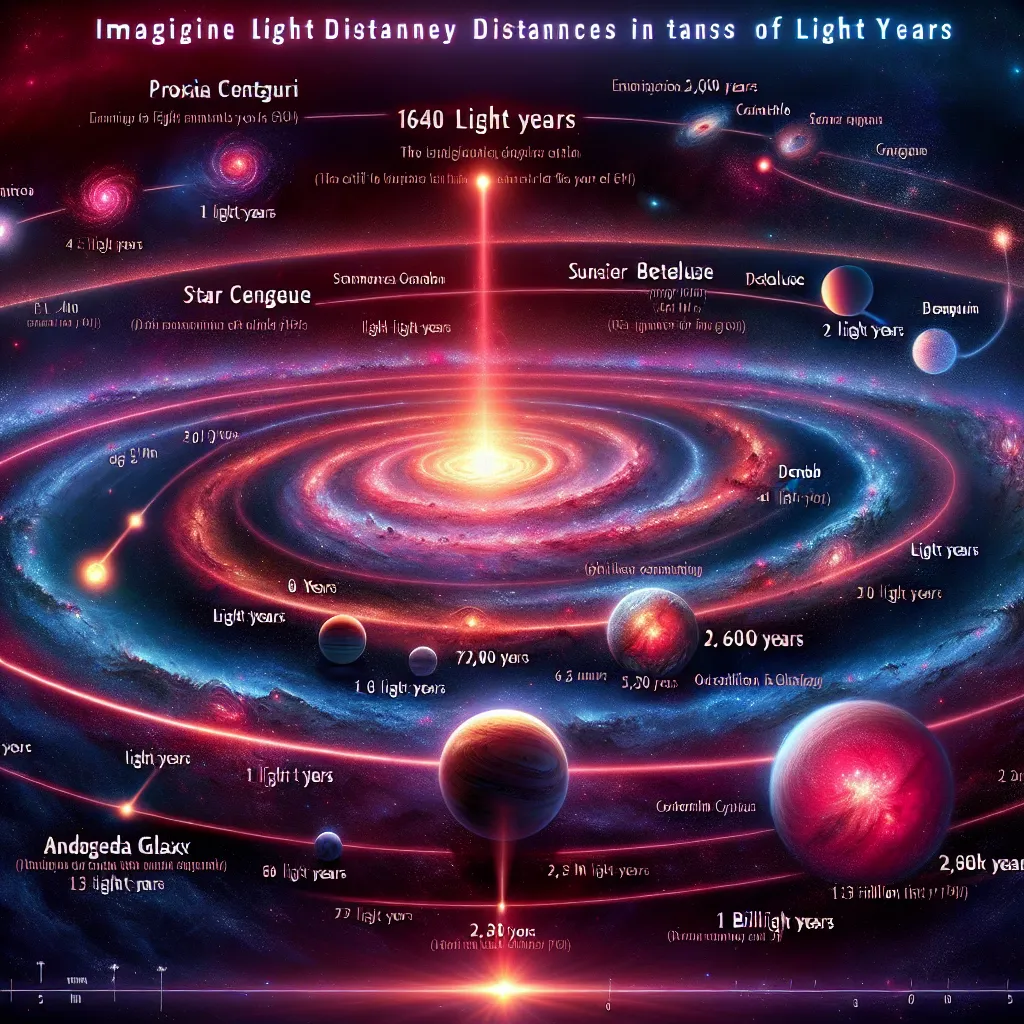Our search for a new home has taken us quite a distance—365 million miles from Earth, to be exact. We find ourselves orbiting the massive planet Jupiter. Could we live here? Maybe, if we stuck only to the upper atmosphere. But survival hinges on everything happening around us, including Jupiter’s moons.
Take Io, for example. It’s tiny but also the most volcanic body in our solar system. Living near such intense volcanic activity is a non-starter. Dr. Rosalie Lopez, a volcanologist, studied the Kilauea volcano in Hawaii, which offers a close earthly comparison to Io’s fiery surface. The surface of Io may look much like Kilauea’s, with solid upper layers and hot lava flowing underneath. However, that’s where the similarities end.
Io erupts staggering amounts of lava, far beyond what Kilauea can produce. While Kilauea might cover four square miles in lava over five months, Io can spew lava flows covering 240 square miles in one shot. But forget the lava—it’s the radiation that’s the real killer. Even being on Io’s surface for just ten minutes would be lethal.
The volcanic particles Io ejects into space get trapped by Jupiter’s massive magnetic field. Add Jupiter’s rapid rotation, which accelerates these particles to breakneck speeds, and they become miniature deadly missiles. This intense radiation belt around Jupiter would cook a human alive in minutes—even 200,000 miles away in the planet’s upper atmosphere. No human could survive just flying through this system unprotected.
In short, we don’t have the tech to shield ourselves from such fierce radiation. Jupiter is one place we will never call home.






